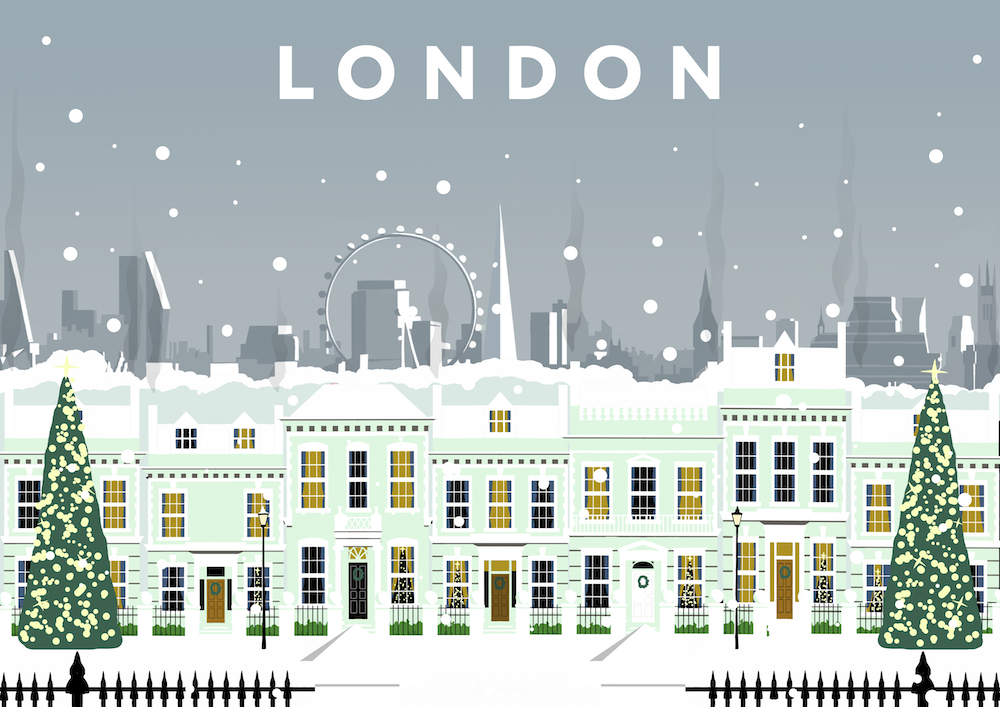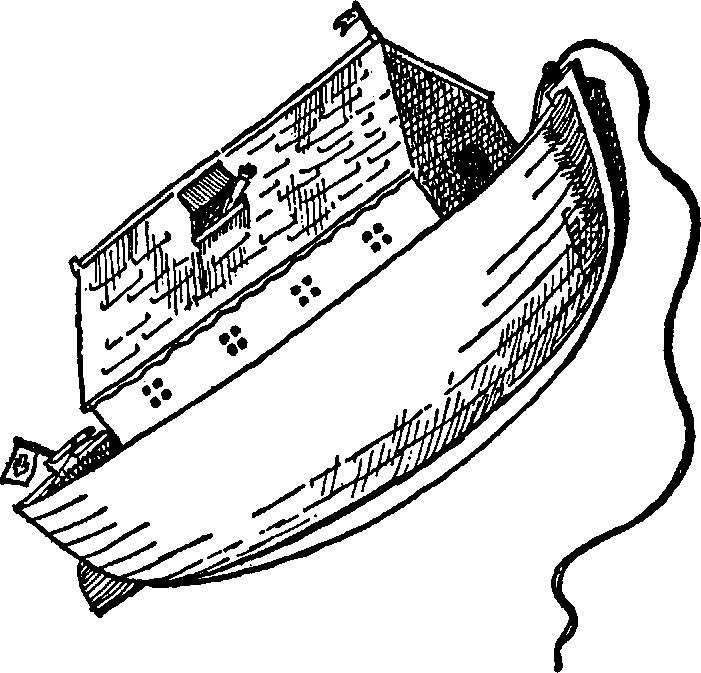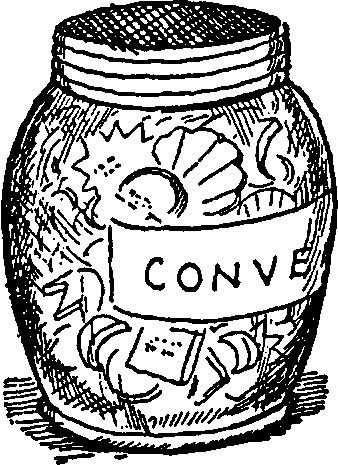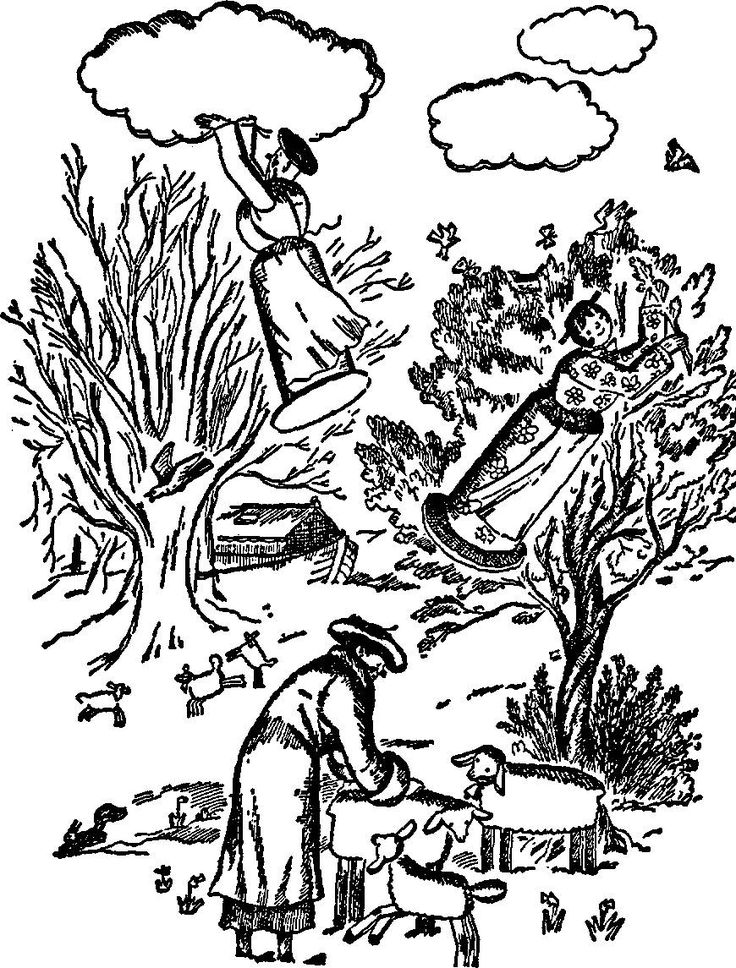P.L. Travers’ Winter Tale: Nellie-Rubina
Well, winter doesn’t mean cold for all of us and I’m very well aware that there’s a lot of people out there who either are in the blooming spring or wish they were. Fear not, for P.L. Travers has a winter tale for you as well: it’s the tale of Nellie Rubina, in Mary Poppins […]
Well, winter doesn’t mean cold for all of us and I’m very well aware that there’s a lot of people out there who either are in the blooming spring or wish they were.
Fear not, for P.L. Travers has a winter tale for you as well: it’s the tale of Nellie Rubina, in Mary Poppins Comes Back. And it opens with Jane not having the kind of attitude you would expect from a child.
“I DON’T BELIEVE it will ever stop – ever!” Jane put down her copy of Robinson Crusoe and gazed gloomily out of the window. The snow fell steadily, drifting down in large soft flakes, covering the Park and the pavements and the houses in Cherry Tree Lane with its thick, white mantle. It had not stopped snowing for a week and in all that time the children had not once been able to go out.

Michael doesn’t mind that much and would rather jump at the occasion to play Esquimos and eat whales (yeah, Travers’ work are big on cultural stereotypes), but they get into a quarrel around Mr and Mrs Noah from the Ark, just because they have no education whatsoever: the quarrel is how come the Noahs don’t have any children while they had three very important ones, so I have to side with Michael on this one.
Anyways, Mary Poppins comes in, breaks up the quarrel and surprises the children with the resolution of going out.
Mary Poppins stalked into the room. She had a pile of coats, caps and mufflers on her arm; and the Twins, round-eyed and interested, were at her heels.
When they get out, it’s not snowing anymore but the snow covers everything.
The snow was no longer falling but was piled in heavy drifts all over the garden, and beyond, in the Park, it lay upon everything like a thick white quilt. The naked branches of the Cherry Trees were covered with a glistening rind of snow; and the Park railings, that had once been green and slender, were now white and rather woolly.
They meet the Admiral, and miss Lark with her dogs, and the Sweep, and the Park’s keeper and all the recurring characters in the book, and everyone seems to agree that they need a bit of spring. Well, everyone except Mary Poppins, of course, who’s perfectly satisfied with the way things are. Always.

Michael dawdled behind. He stooped and gathered up a handful of snow and rolled it between his palms. “Jane, dear!” he called in a wheedling voice. “I’ve got something for you!”
She turned, and the snowball, whizzing through the air, caught her on the shoulder. With a squeal she began to burrow in the snow and presently there were snowballs flying through the air in every direction. And in and out, among the tossing, glistening balls, walked Mary Poppins, very prim and neat, and thinking to herself how handsome she looked in her woollen gloves and her rabbit-skin coat.
And just as she was thinking that, a large snowball grazed past the brim of her hat and landed right on her nose.
Mary Poppins is, of course, quite contrary at this. She takes this chance to insult yet another ethnic minority (as the remarks that a Zulu would have had more manners) and then proceeds to get rid of the very concept of snowballing.
She plucked the remains of the snowball from her neck and rolled them into a small ball between her woollen palms. Then she flung the ball right across the snowy lawn and went stamping haughtily after it.
Following her after the snowglobe and around the corner, they find a new house they hadn’t seen before and the house looks just like Michael’s wooden Ark.

The house stood solidly in the snow, moored by a thick rope to the trunk of a tree. Round it, like a veranda, ran a long narrow deck, and its high-peaked roof was painted bright scarlet. But the most curious thing about it was that though it had several windows there was not a single door.
After knocking three and a half times, the roof of the house opens and they climb through a ladder, finding themselves in the most extraordinary of rooms.
The only piece of furniture in it was a large counter that ran along one end of the room. The walls were white-washed and, leaning against them, were piles of wood cut into the shape of trees and branches and all painted green. Small wooden sprays of leaves, newly painted and polished, were scattered about the floor.
In one corner stood a flock of wooden sheep with the dye still wet on their fleeces. Crowded in another were small, stiff groups of flowers – yellow aconites, green-and-white snowdrops, and bright blue scyllas. All of them looked very shiny and sticky as though they had been newly varnished.
So did all the wooden birds and butterflies that were neatly piled in a third corner.
So did the flat, white, wooden clouds that leant tidily against the counter.
We’re used to talking about Santa’s workshop, but Mary Poppins has taken us to the Spring’s workshop.
Of course one can’t expect Mary Poppins to spell that out as clearly, so the name of the character who lives here is Nellie-Rubina. She’s a life-sized wooden doll and runs this shop, and for which Mary Shepard gives us the cutest illustration ever.
The highest, thinnest voice they had ever heard seemed to rise up from beneath the counter. And, presently, from the same direction as the voice, a head, topped with a small, flat hat, popped up. It was followed by a round, rather solid body that held in one hand a pot of red paint, and in the other a plain wooden tulip.
Her main line of trade, apart from wooden spring apparels, seems to be conversation, which she sells by the ounce, by the pound or by the ton, depending on the necessity.
Since Mary Poppins is practically a mobster of magical beings, she of course gets her ounce of conversation for free. One for each of the children.
Conversations are shaped like sweets and kept in a jar, for which we need the assistance of Nellie-Rubina’s uncle Dodger, a poor wooden guy whom she bullies around.
Jane thrust in her hand and brought out a flat, star-shaped sweet rather like a peppermint.
“There’s writing on it!” she exclaimed.
Nellie-Rubina shrieked with laughter. “Of course there is! It’s a Conversation! Read it.”
“You’re My Fancy,” read Jane aloud.“How very nice!” tinkled Nellie-Rubina, pushing the jar towards Michael.
He drew out a pink sweet shaped like a shell. “I Love You. Do You Love Me?” he spelt out.
“Ha, ha! That’ a good one! Yes, I do!” Nellie-Rubina laughed loudly, and gave him a quick kiss that left a sticky patch of paint on his cheek.
John’s yellow Conversation read, “Deedle, deedle, dumpling!” and on Barbara’s was written in large letters, “Shining-bright and airy.”
In case you’re wondering, John and Barbara are the Twins, omitted from the movie but part of the Banks’ family since the first book.
Mary Poppins’ piece of conversation is, of course, a little more disquieting.
Off came the large woollen glove and Mary Poppins, shutting her eyes, put in her hand and scrabbled for a moment among the Conversations. Then her fingers closed on a white one shaped like a half-moon and she held it out in front of her. “Ten o’clock Tonight,” said Jane, reading the inscription aloud.
Uncle Dodger rubbed his hands together. “That’s right. That’s the time when we—”
We don’t get to know what’s happening tonight at ten, not yet, because Nellie shuts her uncle up on multiple occasions, before bidding farewell.
They go back home but, of course, Jane and Michael plan to stay awake in order to figure out what is going to go down, that night at ten o’clock.
Mary Poppins, wrapped in her fur coat and holding her shoes in her hands, tip-toed through their room. They lay still, listening to her steps hurrying down the stairs. Far away the key of the front door scraped in its lock. There was a scurry of steps on the garden path and the front gate clicked.
And at that moment the clock struck ten.
The children spring out of their beds, where they have been lying and pretending to be asleep, and they take a peek out of the window. And there it is, the Ark-shaped building, with Nellie Rubina, her uncle and all their spring props.
And then began one of the strangest pieces of work Jane and Michael had ever seen. Never, never, they thought, would they forget it, even if they lived to be ninety. From the pile of painted wood, Nellie-Rubina and Mary Poppins each took a long spray of leaves and, leaping into the air, attached them swiftly to the naked frosty branches of the trees. The sprays seemed to clip on easily, for it did not take more than a minute to attach them. And as each was slipped into place, Uncle Dodger would spring up and neatly dab a spot of green paint at the point where the spray joined the tree.
And this, my darlings, is how you get spring done.



